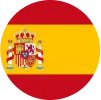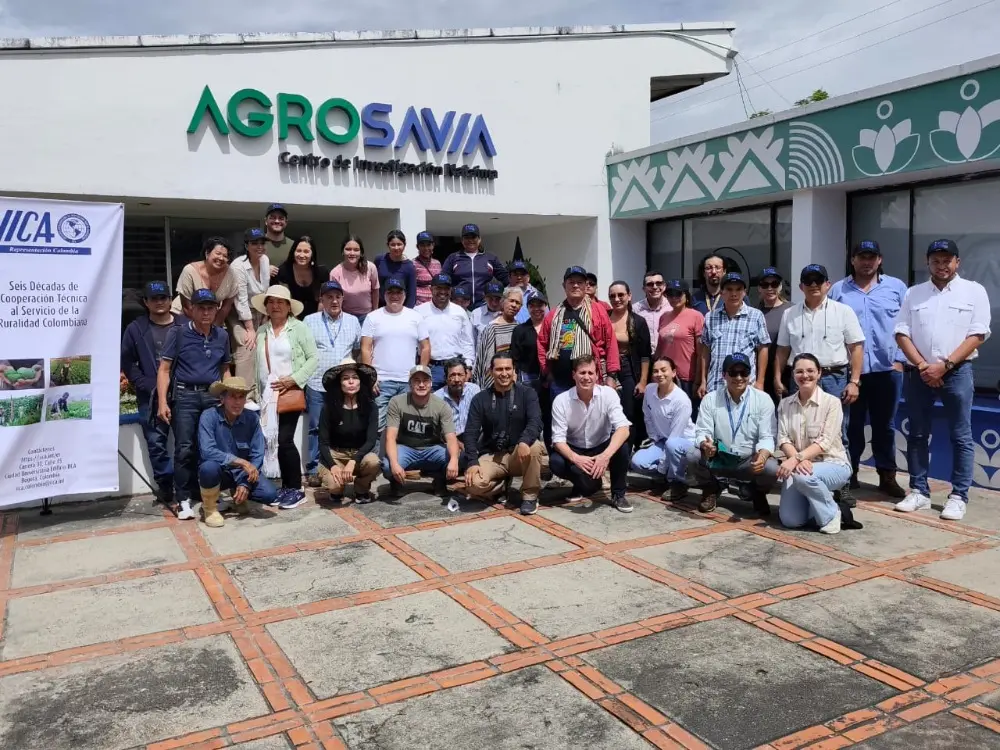Ibagué, Tolima. July 7, 2025. Have you ever heard these terms? Precision agriculture, Smart agriculture, Agriculture 4.0, High-tech agriculture, Digital sustainable agriculture. These are names with similar meanings, which over time we will hear more and more frequently.
At AGROSAVIA, from the Nataima Research Center in Espinal (Tolima), the fourth edition of the Digital Agriculture Day was held. This event, sponsored by the Inter-American Institute for Cooperation on Agriculture (IICA), took place through a day that combined lectures and field experiences at the Research Center. During the event, producers had the opportunity to interact with innovative technologies, share knowledge with experts and other actors in the agricultural sector, and explore digital resources tailored to common challenges.
The digital age has arrived and today is part of the daily life of almost the entire human population. With few exceptions, this should not surprise us—this did not just happen in the last 10 years. It is worth remembering that there were some precursor events that allowed us to foresee what was coming.
By recalling some milestones: in 1947, the transistor was invented—a major achievement in electronics that revolutionized communications. In 1946, the ENIAC became the first computer, perhaps the first milestone in computing. In 1962, Telstar 1 became the first communications satellite. In 1969, the ARPANET network was launched, marking the beginning of the Internet.
Today, the digital age is characterized by the rapid spread and adoption of technologies such as artificial intelligence, the Internet, virtual reality, blockchain, among others. These technologies are transforming the way we live, work, and communicate.
One of the major advantages of the digital age is the democratization of access to information, allowing people to access vast amounts of data and knowledge online, whenever they want.
The digital age is efficiently transforming different areas of knowledge: services, innovation, among many others. Just to mention a few, we can speak about the digital economy, education, the transformation of healthcare and its services, environmental monitoring—areas where the digital era has a significant impact.
IICA has fully understood this and knows that in this context, the agricultural sector in the Americas cannot allow the existence and growth of the digital divide. On the contrary, it must promote the use of technology in all areas of influence—and this is already happening.
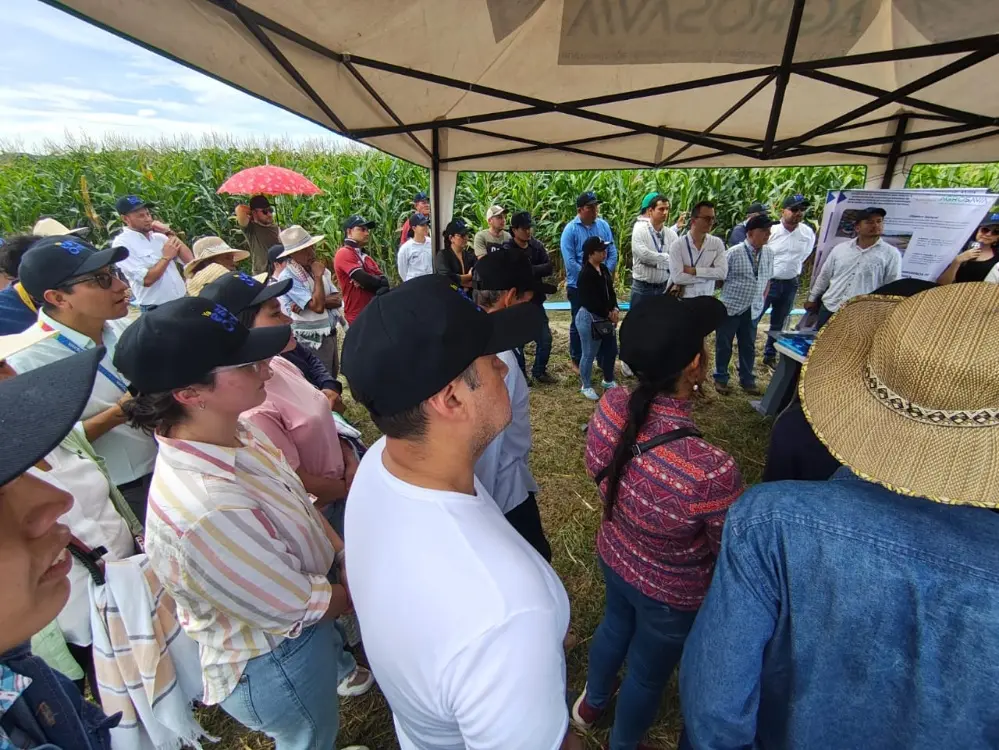
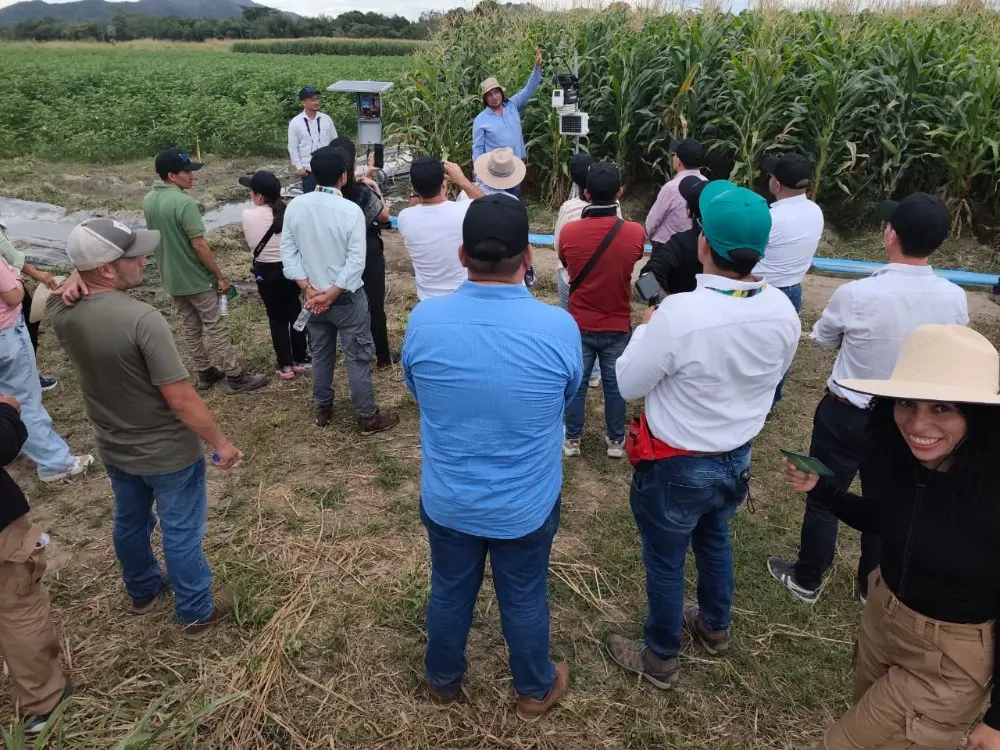
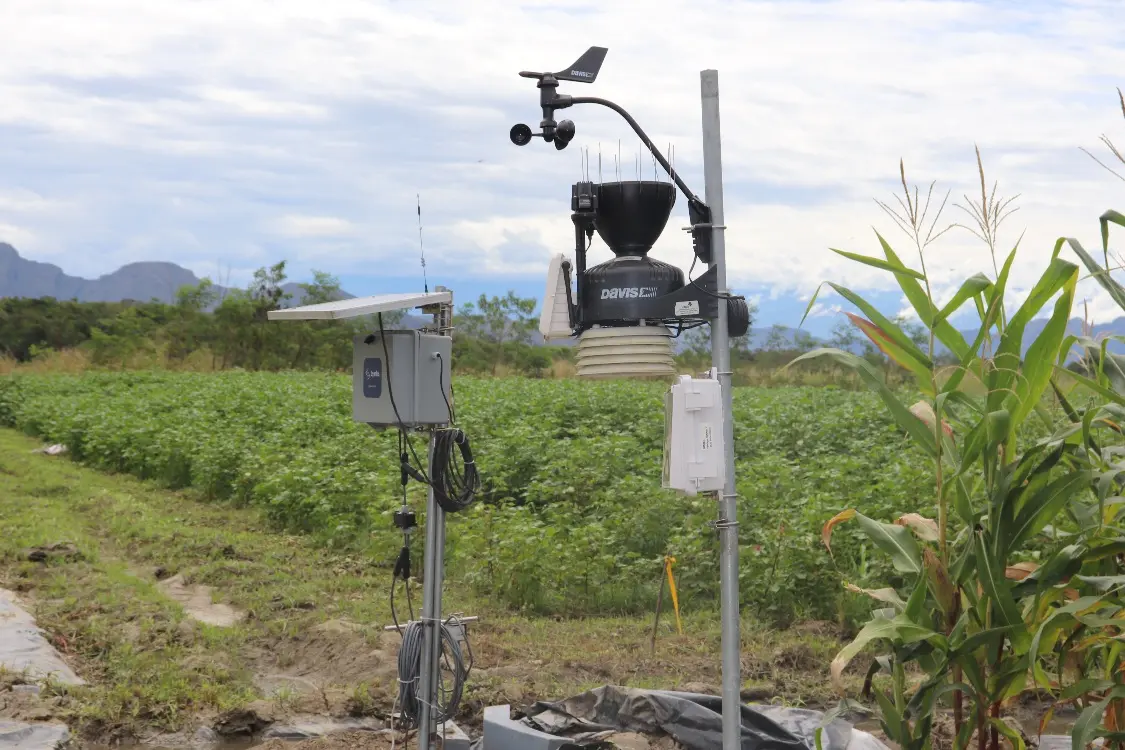
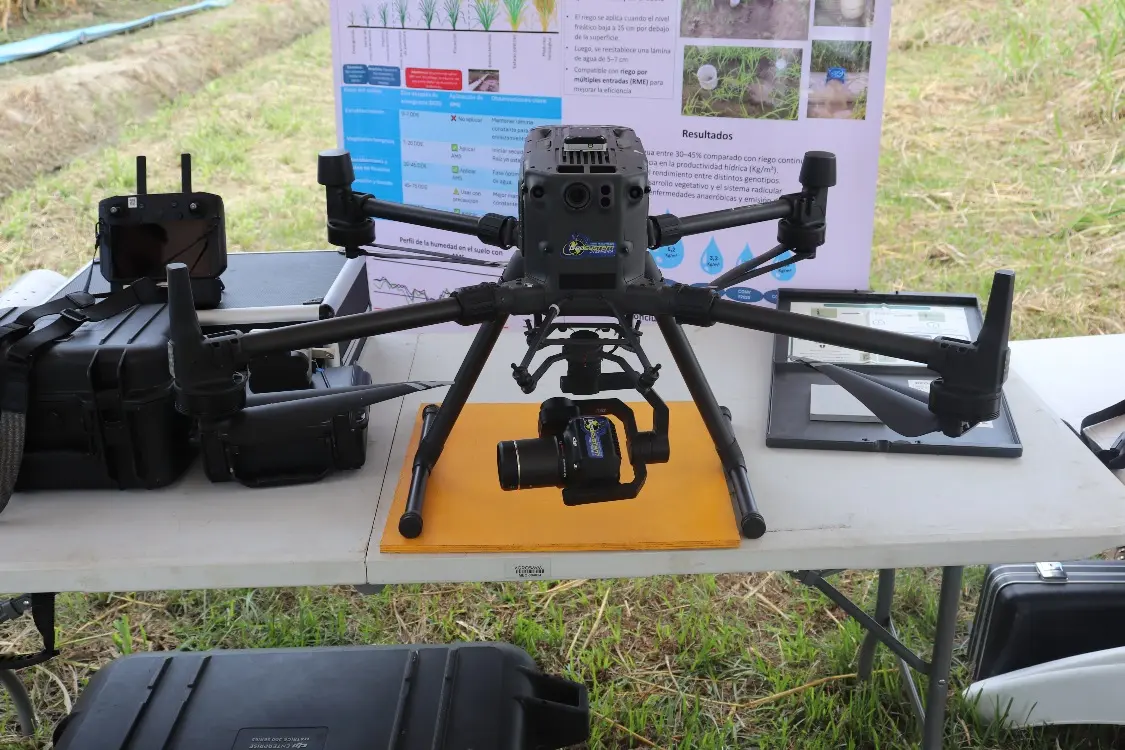
This event was attended by agricultural producers, associative leaders, governmental and academic institutions, organizations, and companies that are betting on digitalization as an alternative to make agriculture in Colombia more viable each day. These institutions presented their digital initiatives to the participants, including: precision irrigation techniques for rice crops, research conducted by AGROSAVIA from the Nataima Research Center; the University of La Salle presented a project on land-use planning through drones; the Technological University of Pereira proposed a digital rural extension strategy; experts from the Chamber of Electronic Commerce presented their YEO Agro strategy (electronic commerce); the Agricultural Rural Planning Unit (UPRA) shared a Crop Monitoring Project using AI + Satellite Imagery; and the day concluded with Visualiti and another interesting proposal: science, technology, and innovation for agriculture.
Each of these strategies breaks paradigms and presents new tools to the producer, making agricultural production a more viable process, requiring less labor, and therefore, more functional under today’s conditions.
With this event now held for the fourth consecutive year, efforts are being made to bring farmers closer to national benchmark experiences in digital agriculture. The goal is for producers and institutional representatives alike to practically appreciate the impact and benefits of these tools in their everyday processes of planning, production, and commercialization. Likewise, the event seeks to encourage the adoption of technology by producers and their communities and to foster alliances with participating institutions and private sector actors, contributing to the promotion of a more competitive, sustainable, and inclusive model of rural development.
The technologies perceived as most useful at the event included: sensors and monitoring, drones and remote sensing, data analysis, artificial intelligence and machine learning, Internet of Things (IoT). These were the most prominent, although some others were also mentioned.
The most common applications were related to: crop monitoring, irrigation management, fertilizer and pesticide management, yield prediction, and supply chain management.
Another topic highlighted during the event was the potential benefits of using 4.0 technologies, which included: improved efficiency, increased productivity, reduced environmental impact, and enhanced decision-making.
Digital agriculture presents great challenges as well as great opportunities—ones in which rural youth have a fundamental role. They must take on the commitment to access these technologies and embrace as their own the challenges of data analysis and automation, without letting opportunities slip by, and taking innovation as their own path.
This way of practicing agriculture is not only for high-income producers. It is also for small-scale farmers, associations, and those who want to enter agriculture—it is, ultimately, a matter of decision.
- More information here:
- Jorge Sarasty Petrel
- Communications, Identity and Corporate Relations Professional
- Research Center Nataima
- Communications, Identity and Corporate Relations Advisory Office
- jsarasty@agrosavia.co
- AGROSAVIA

